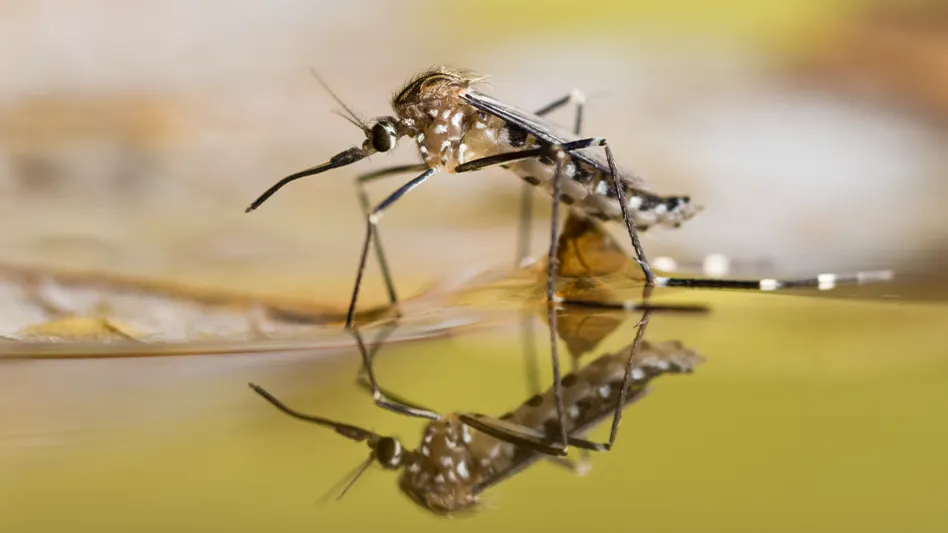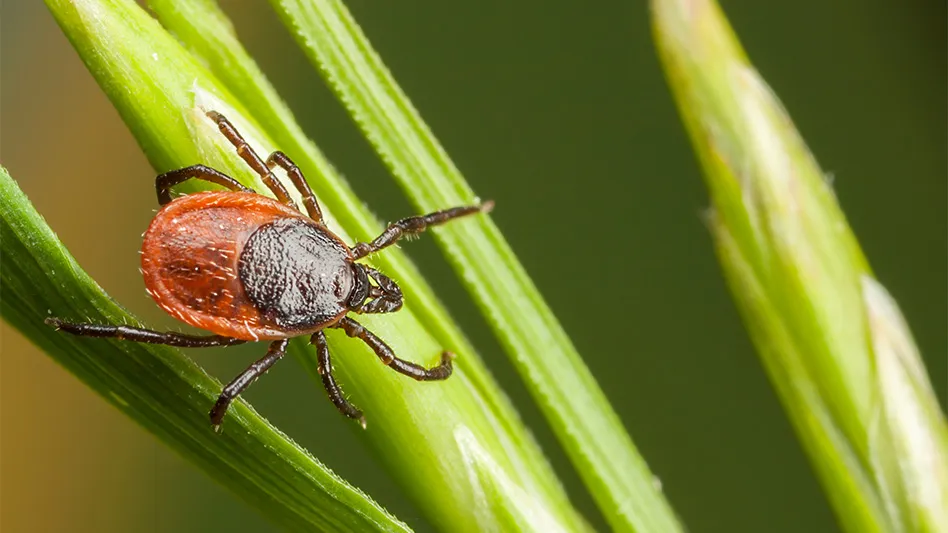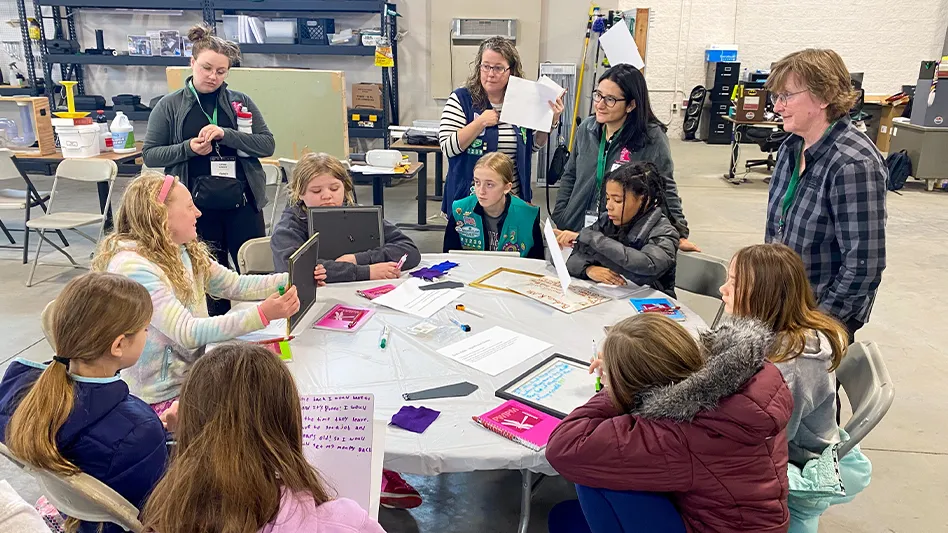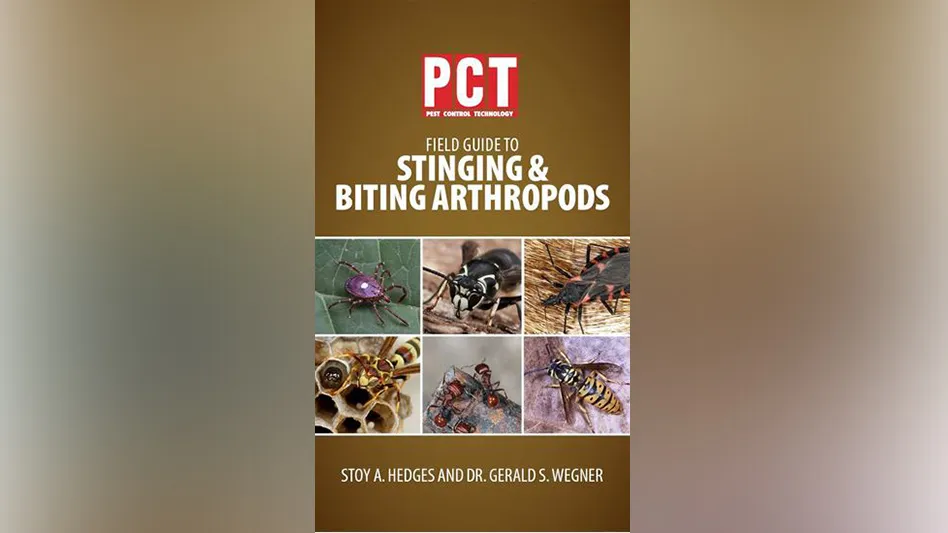The female laid her cold-hardy eggs the previous fall on moist soil or debris just above the water line in a location due to be watered by snow melt or spring rains. When the eggs are wet and the temperature is warm enough, mosquito larvae emerge.
So what about those adult mosquitoes that you can see even in January or February? These belong to a third group of mosquitoes that spend the winter in the adult stage. For example, females of Culex pipiens, the common house mosquito, overwinter in protected places such as storm drains, crawlspaces, sheds, tree holes, and animal burrows. They go into a suspended diapause state but have been known to appear on warm winter days. In early spring, the females come out for real and get down to business. Because they mated in the summer, job one is to get a blood meal in order to develop their eggs. This group accounts for aggressive biting mosquitoes in March, or even earlier.
Source Reduction - "Source reduction" sounds daunting but it's an extremely simple concept. just dump out the standing water and get rid of objects and conditions that hold water. It is without a doubt the easiest, cheapest, and only permanent way to control mosquitoes.
For your customers, early spring is a good time to do a mosquito survey of their property and initiate source reduction. Or, maybe mosquito surveys and source reduction is a service offered by your company for your customers.
As part of their spring yard sprucing, homeowners should look for standing water (or snow) in buckets, tires, pools, boats, tarps, bird baths, and anything else that will retain water long enough for mosquito larvae to develop (9 days for some). It's also an ideal time to flush out ornamental ponds before they are restocked with fish, and to clean out roof gutters. Regrading low areas that don't drain is another springtime job that can make a difference in mosquito numbers later in the season. Adult mosquitoes hide and rest during the day, primarily in shady, dense, vegetation. Removing or thinning dense shrubbery, vines, or foundation plantings will cut back on adult mosquito daytime resting sites.
Springtime Mosquito Chores for You
Residential mosquito control is often equal parts investigation, analysis, elimination of standing water, chemical control, and sometimes diplomacy...as when the source of mosquitoes is on someone else's property.
Larviciding - If you have customers with ongoing mosquito problems due to ponds or other water bodies that can't be drained, this is the time to add mosquito "dunks" to the water. These floating cakes slowly release a bacterial agent (B.t.i.) into the water to kill mosquito larvae (they won't harm fish). Insect growth regulators (methoprene or pyriproxyfen) are also used to block larval development in water.
Adulticiding - For quick knockdown of biting adult mosquitoes, you can use either thermal fogging, ULV application, or a barrier treatment. Around homes and small commercial sites, barrier treatment is preferred. You can use various kinds of sprayers, but for mosquito control you will get the best result using a mist blower to apply a residual insecticide to mosquito daytime resting areas such as ivy and ground covers, the inside of thick shrubs, plants against walls, tree trunks, and shaded areas on buildings and under decks. Make sure that you get the insecticide onto the underside of leaves which is where mosquitoes like to rest. Do not treat flowering plants.
Mosquito Traps - Several brands of mosquito traps are available for use in yards.
Many use propane to produce heated water vapor and CO. The warm vapors and added attractant chemicals draw mosquitoes from long distances and capture them in collection bags or glue boards. These rather expensive traps require regular maintenance to work effectively.
Of course, mosquito management on a large scale, or in storm drains or bodies of water not on your customer's property, is usually handled by state or community agencies or the local health department. Some states require separate mosquito certification and licensing, or certification in aquatic pest control or public health pest control, for pest management professionals who will be doing mosquito control work.
The authors are well-known industry consultants and owners of Pinto & Associates.






